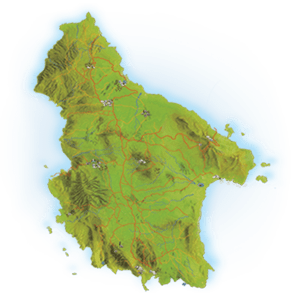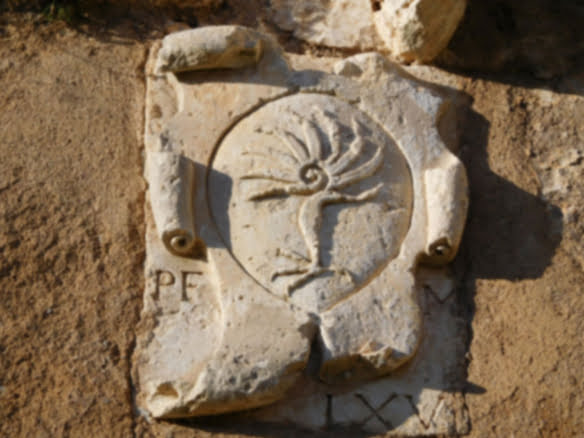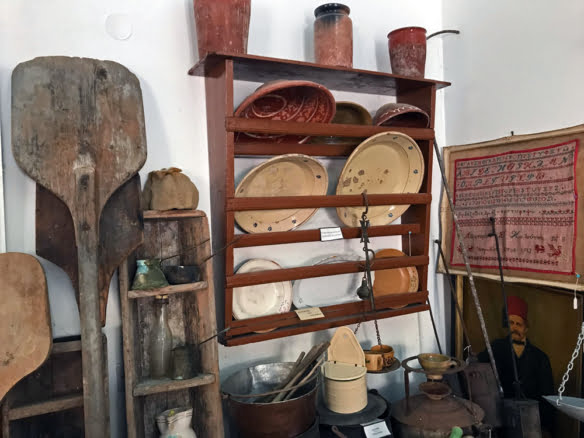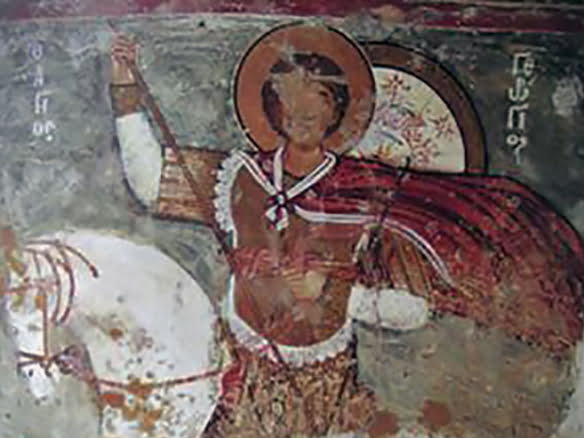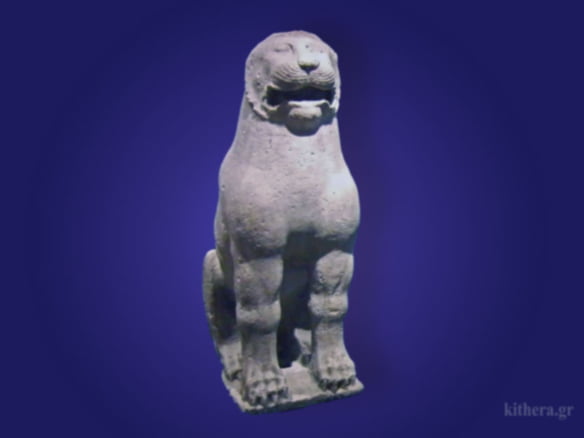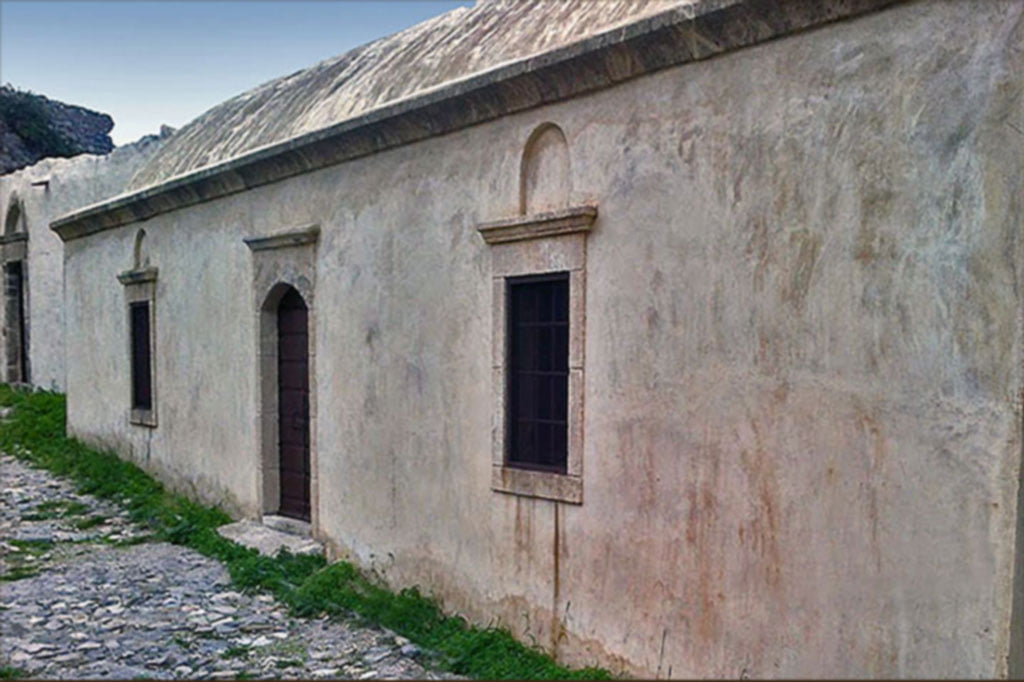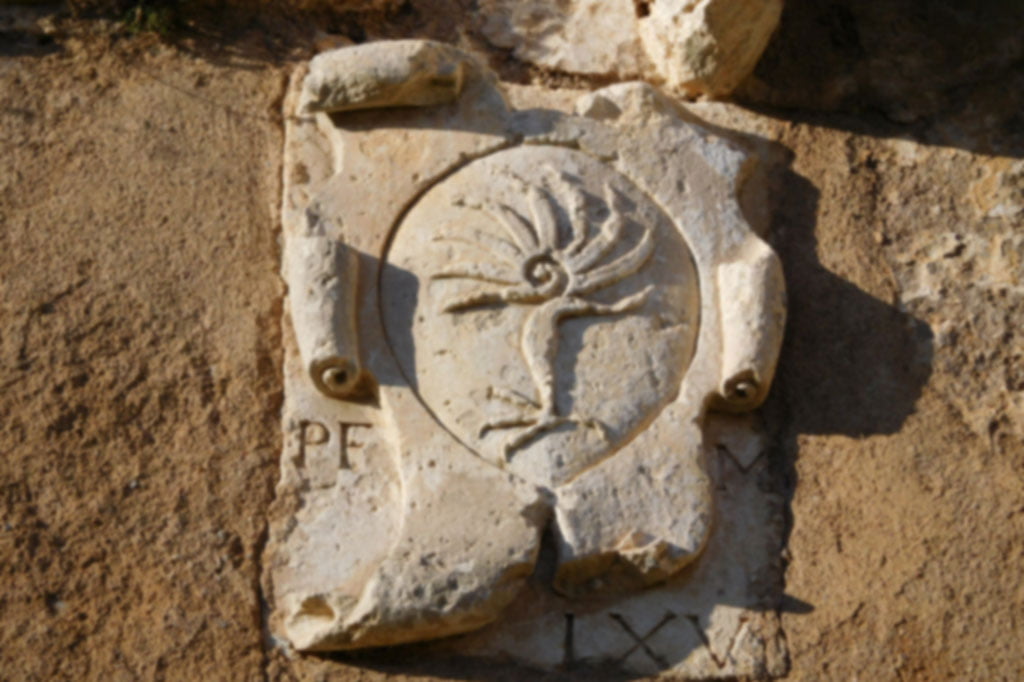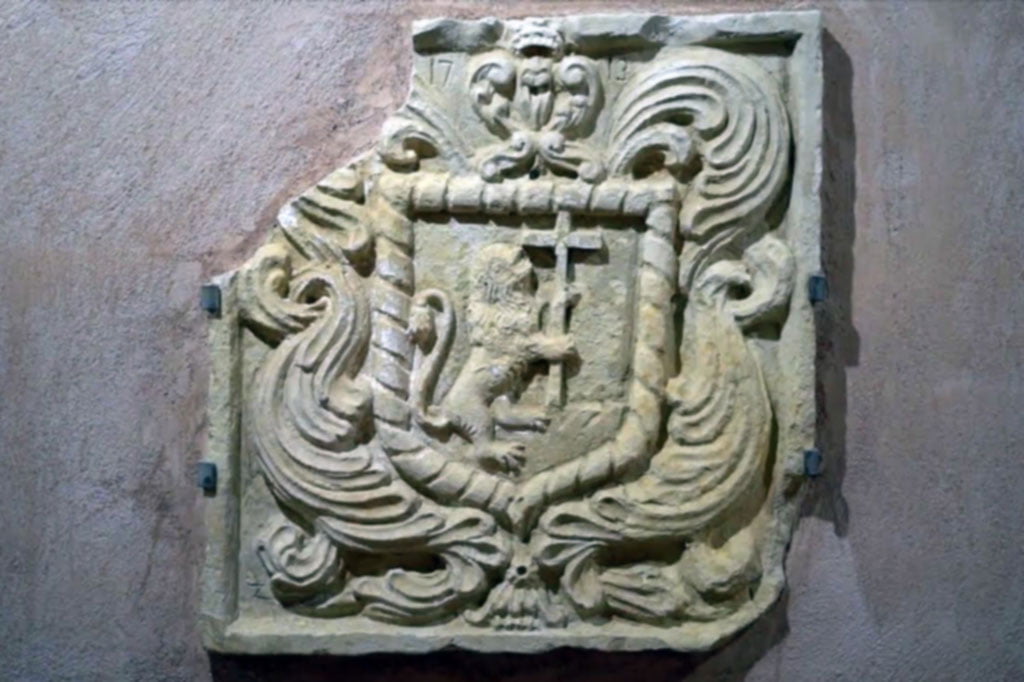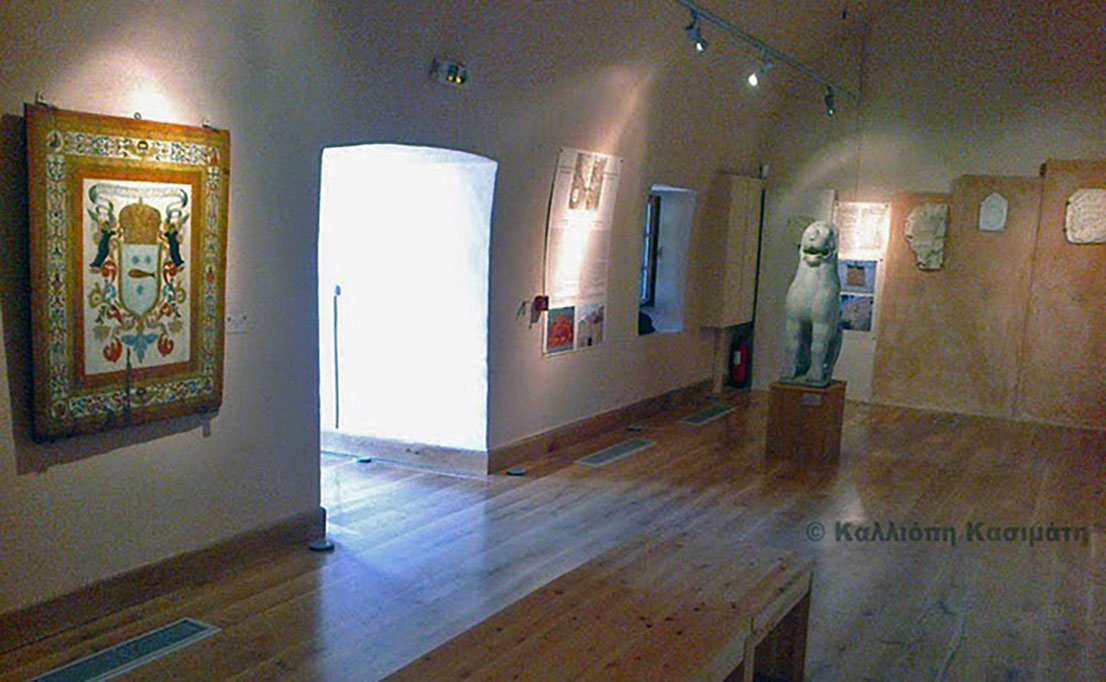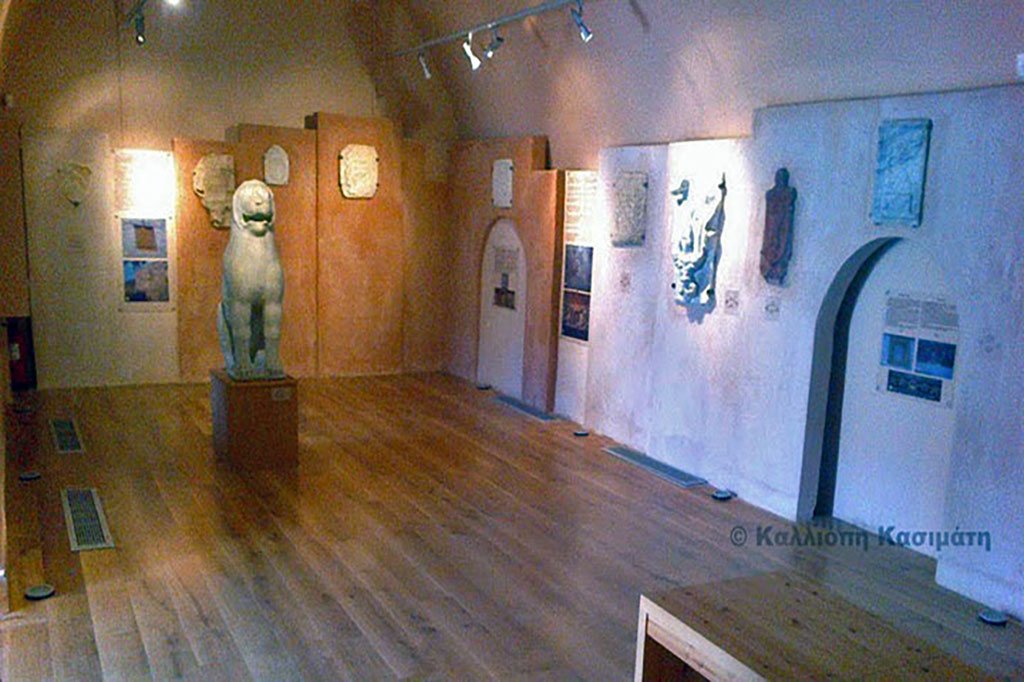Home » Properties » Museums » Museum of Coat of Arms
Museum of Coat of Arms
Museum of Coat of Arms
Description
Permanent exhibition of Coat of Arms from Kythira!
Inside the amazing Castle of Chora, the gunpowder warehouse building houses a permanent exhibition of Coat of Arms of Kythira. In the summer of 2013, it was formed by the 1st Ephorate of Byzantine Antiquities, and consists of the collection of 17 eco-signs of Venetian families (Venieri house), but also of local islanders (Kasimati house), as well as families of Orthodox bishops (Mormoris).
The exhibition is developed in three thematic sections:
a) Coats of arms of family branches, which includes coats of arms belonging to the same family with variations in heraldic representation.
b) Identity coats of arms that are identified with specific families without any other variation in the heraldic representation.
c) Coats of arms of the families of bishops of Kythira, such as Bishop Mormoris, which bears the Murmura fish in relief in the center of the coat of arms. This one belongs to the category of “speaking”, “chanting” or “obvious” coats of arms, because the coat of arms it bears bears a resemblance to the last name of its owner.
The coat of arms is a symbolic representation mainly in stone or marble, rarely in wood, that families of noble origin placed, usually above the central door of their house to give some prestige to their family.
The use of ecosigns goes back to the feudal days in Western Europe to distinguish warriors in battles, and in knightly contests. Then, during the 15th c. and 16th c. in the form of a seal they authenticated or decorated judicial or other official documents.
In Kythira, their use was established with the arrival of the Venetians (13th century), a custom adopted by the Kythians, proving their harmonious social coexistence.
The coat of arms is complex and consists of various elements. The most important is the shield, in the shape of a shield, which bears emblems-representations symbolic of the origin, virtues and historical achievements of the bearers. Among the most well-known emblems of the eco-signs of the Greek area, and of Kythera, is the winged lion of Agios Markos, a well-known emblem of the Venetian Republic which testifies to the long-standing presence of the Venetians. He is usually depicted holding an open gospel in his left hand, thus suggesting that the building bearing the coat of arms was built in peacetime (eg Veniers).
The “Lion of Kythera”, from the Archaic period, was temporarily housed in the Museum of Ecosigns, which has now been re-located to the Archaeological Museum of Kythera, where it belongs.
The Museum, with its exhibits, bilingual explanatory signs and informative brochures, offers the visitor the opportunity to discover the past of the place, through the comprehensive presentation of the historical, social and folklore elements of our island.
| Nearest attractions | |||
|---|---|---|---|
| Hora | Churches around the castle | Kapsali | Livadi |
Λεπτομέριες
Additional Details
- Hora: 0
- Agia Pelagia: 24,3 χιλ
- Port: 33 χιλ
- Airport: 22,2 χιλ
Address
- Location: Chora
Similar listings
- Kithera.gr









